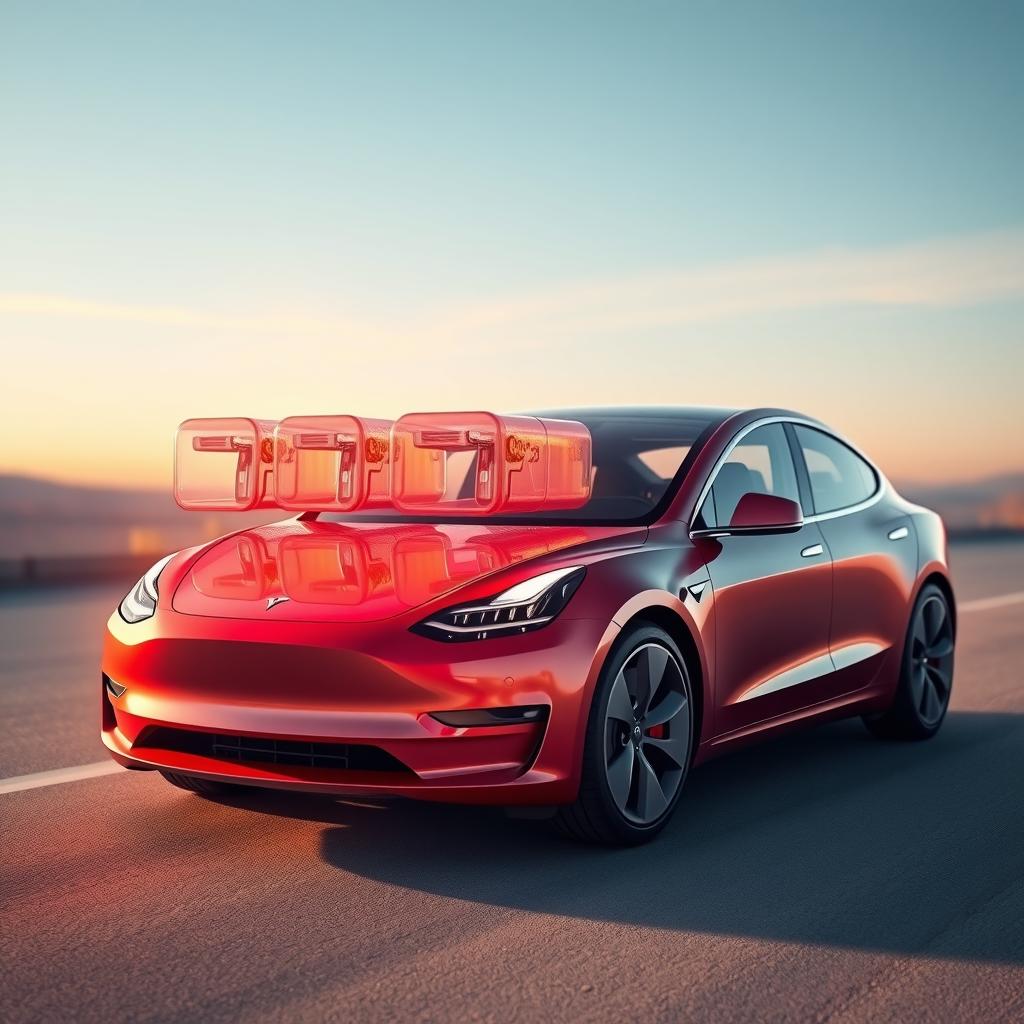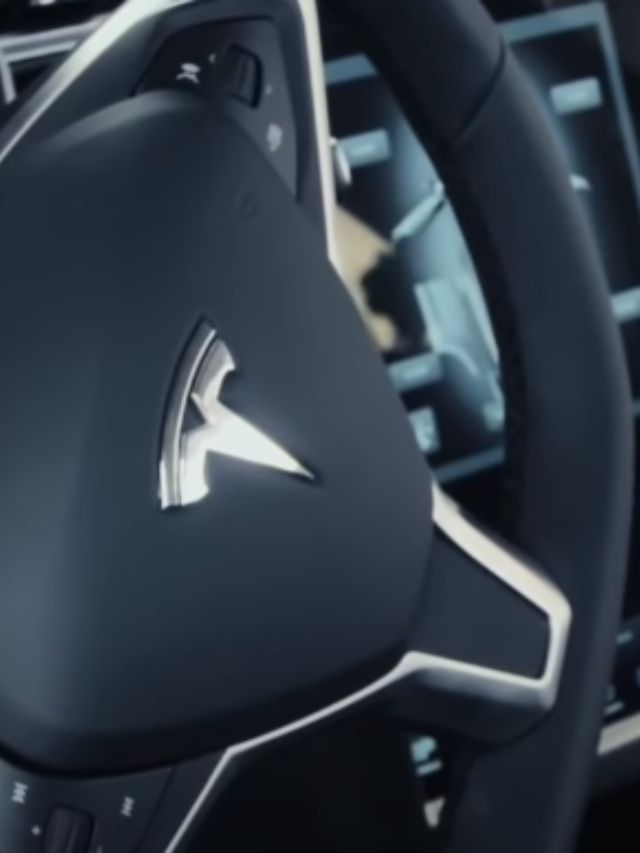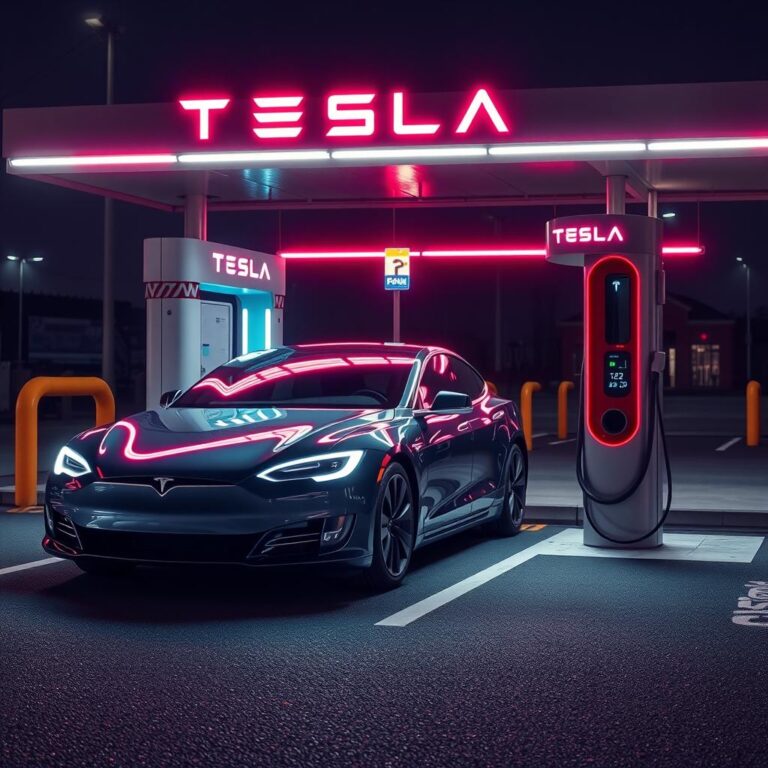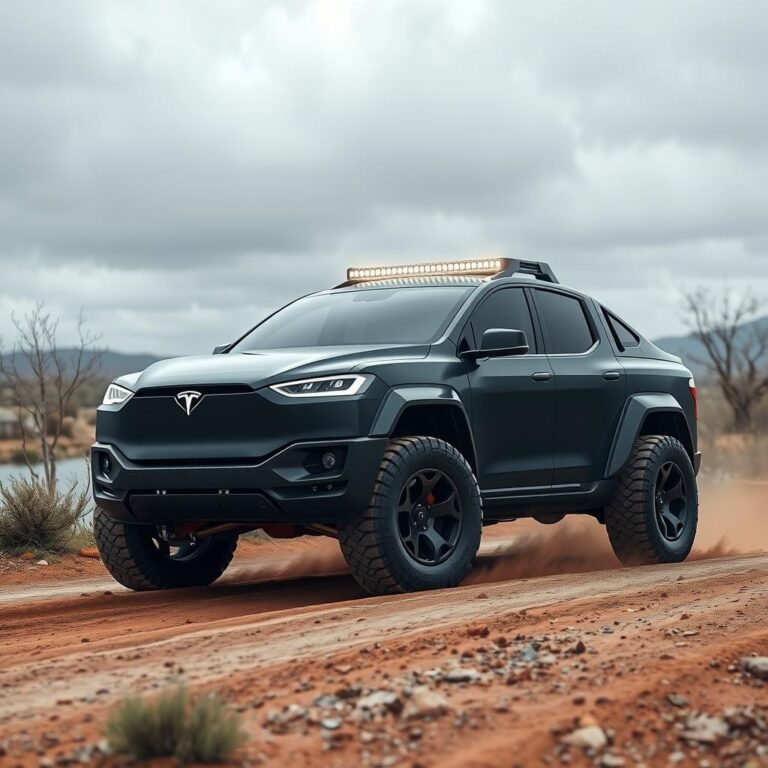Can I Use My Tesla Car To Power My House?
Can I Use My Tesla Car to Power My House?
If you’ve ever wondered about using your Tesla car to power your home, you’re not alone. With all the buzz around sustainable living and renewable energy, many Tesla owners have considered whether their car can double as a backup power source. After all, Tesla vehicles are known for their cutting-edge technology, including powerful batteries. So, can you use your Tesla car to power your house? The answer is more nuanced than just a simple yes or no, but we’ll break it down for you.
In this article, we’ll explore how Tesla cars and their energy storage systems work, how you can potentially use your Tesla to power your home, and the advantages and limitations of this idea. Let’s dive in.
Can I Use My Tesla Car to Power My House?
While it’s technically possible to use a Tesla car to power your home, it’s not as simple as just plugging in your vehicle and turning on the lights. Tesla cars, particularly the Model S, Model X, and Model 3, are equipped with high-capacity lithium-ion batteries, which are designed to provide power to the car’s motors. These batteries could theoretically be used to power appliances in your home, but there are several important factors to consider.
The key here is understanding the technology behind Tesla’s battery system and how it interacts with your home’s electrical system. Tesla cars aren’t designed to directly power a home, but with the right setup, it’s possible to make it work.
1. Powerwall: Tesla’s Energy Storage Solution
The most effective way to use Tesla’s technology to power your home is through the Tesla Powerwall. The Powerwall is a home battery system designed to store electricity for use during outages or to optimize energy consumption. It works by storing electricity from solar panels or the grid and discharging that electricity when it’s needed.
While the Powerwall is not directly connected to your Tesla car, it does give homeowners the ability to store energy, much like the battery in your Tesla. In fact, Tesla has even discussed the possibility of integrating Powerwall with Tesla vehicles in the future. As of now, however, the two systems are separate, and your car’s battery is not meant to be used as a backup energy source for your home.
2. Vehicle-to-Home (V2H) Technology
Currently, Tesla cars are not equipped with Vehicle-to-Home (V2H) technology, which is the ability to use your car’s battery to supply power directly to your home. However, some other electric vehicle manufacturers have introduced V2H systems, and there has been some discussion about Tesla potentially offering this capability in the future. V2H would allow Tesla owners to use their car’s battery as a power source for their home during an outage or high-energy demand.
V2H technology works by using a bidirectional charger to transfer energy from the vehicle’s battery to the home’s electrical system. While this feature is not available in Tesla vehicles today, there are workarounds that can help you use your Tesla’s battery for backup power.
3. Using Tesla’s Car Battery as an Emergency Backup
If you’re in a situation where you need to use your Tesla’s battery as a backup power source, you can do so—but it requires the right equipment and setup. Currently, there is no official Tesla solution to directly draw power from your car’s battery for your home, but third-party companies have developed systems that enable this kind of functionality.
Here’s how it can work:
- Inverter System: You would need an inverter system capable of converting the DC power from your Tesla’s battery into the AC power that your home uses. This inverter would also need to be able to handle the load required by your home’s appliances.
- Power Management System: A power management system would be needed to distribute the power from your car’s battery to the appliances that need it. This system would also need to handle the charging and discharging of the Tesla’s battery safely.
- Charging Setup: You’d need to ensure that your Tesla’s battery is fully charged in order to provide adequate power to your home. Depending on your Tesla model and how much power your home needs, you might find that the battery doesn’t last very long before needing to be recharged.
While the technology exists to use your Tesla for backup power, it’s not a simple plug-and-play solution. It requires careful planning, the right equipment, and some technical expertise to make it work. Additionally, using your Tesla’s battery in this way could void its warranty or cause unnecessary wear and tear on the vehicle’s battery.
4. Is It Worth Using My Tesla to Power My House?
While the idea of using your Tesla to power your house is appealing, it’s important to weigh the pros and cons. On the one hand, it could be a great way to make the most of your Tesla’s powerful battery, especially during a power outage or emergency situation. On the other hand, it’s not a sustainable long-term solution for powering an entire home.
Here are some considerations:
- Energy Efficiency: Tesla’s battery is designed to power the car, not a home. Drawing power from your Tesla car’s battery for extended periods could reduce the lifespan of the battery, especially if you frequently discharge it.
- Limited Capacity: While Tesla’s car batteries are large, they are not designed to handle the energy demands of an entire home for long periods. You may find that using your Tesla for backup power only works for smaller, less power-hungry appliances.
- Cost: Installing the necessary equipment to use your Tesla as a backup power source can be costly. You’ll need inverters, power management systems, and possibly additional components to make it work effectively.
Conclusion: Can I Use My Tesla Car to Power My House?
In conclusion, while you can technically use your Tesla car to power your home in certain emergency situations, it’s not as simple as plugging it into your home’s electrical system. Tesla’s vehicles are not equipped with Vehicle-to-Home (V2H) technology, and there are no official systems that allow for this functionality at present. However, third-party solutions and Tesla’s Powerwall can provide ways to store and use energy for home power needs.
If you’re looking for an energy storage solution to power your home sustainably, Tesla’s Powerwall is a far better option than relying on your car’s battery. It’s designed to work seamlessly with your home’s energy system and is built to handle the energy demands of an entire household.
So, while you can use your Tesla car to power your house in a pinch, it’s not the ideal solution for long-term energy needs. Instead, consider exploring Tesla’s Powerwall or other home energy storage systems for a more reliable and efficient way to power your home.

Frequently Asked Questions About Using a Tesla Car to Power Your House
1. Can I charge my Tesla car using home energy during a power outage?
While Tesla vehicles do not come with an official system to charge other appliances in your home during a power outage, they are designed to be charged via standard home electricity. However, you would need a dedicated setup to use your Tesla’s battery to charge other devices. Tesla’s Powerwall, on the other hand, is a much more suitable option for storing energy for use during power outages. In the future, Tesla may introduce more integrated solutions for car-to-home energy transfer.
2. Can I use my Tesla car as a backup power source for my home?
Technically, you can use your Tesla as a backup power source, but it requires the right equipment, such as an inverter and a power management system. This system would allow the Tesla’s battery to discharge and supply power to your home, but it’s not a plug-and-play feature. It’s also worth noting that this could affect the lifespan of your car’s battery and might not be sufficient for long-term use.
3. Is it possible to use Tesla’s Powerwall and my Tesla car together for home energy storage?
Yes, you can use both Tesla’s Powerwall and your Tesla car to store energy for your home. The Powerwall is specifically designed to store energy from solar panels or the grid and discharge it when needed, such as during a power outage. While your car’s battery is not directly integrated into this system, Tesla has hinted at future integrations that could allow more seamless energy sharing between the Powerwall and Tesla vehicles.
4. How long can my Tesla car power my home?
The duration that your Tesla car can power your home depends on several factors, including the battery capacity of your Tesla and the energy consumption of your home. Tesla car batteries range from around 50 kWh to 100 kWh, but household energy demands can be much higher, especially for appliances like air conditioning or electric heating. In most cases, your Tesla car would only be able to provide power for a limited amount of time before needing to be recharged.
5. Can I use Tesla’s car battery for off-grid living?
While it’s possible to use a Tesla vehicle’s battery for off-grid living, it’s not the most reliable or practical solution. The battery capacity of Tesla cars is lower than what’s needed for a full off-grid power setup. Additionally, frequent use of your car’s battery for off-grid living could significantly reduce its lifespan. For off-grid living, it’s better to use a combination of solar panels and a Powerwall or other energy storage systems designed specifically for that purpose.
6. Can I use my Tesla car for Vehicle-to-Home (V2H) power transfer in the future?
Currently, Tesla cars do not support Vehicle-to-Home (V2H) power transfer. However, there are growing conversations about the potential for Tesla to introduce V2H technology in the future. Other electric vehicle manufacturers are already exploring V2H options, which allow vehicles to transfer power back to homes. If Tesla integrates this technology into its vehicles, it would make it much easier to use your car as a backup power source for your home.
What Are the Alternatives to Using My Tesla to Power My House?
If you’re seriously considering energy independence and backup power for your home, you should consider alternatives to using your Tesla vehicle. Tesla’s Powerwall is one of the best solutions for storing energy to power your home. Additionally, solar panel systems paired with energy storage solutions can help make your home more energy-efficient, allowing you to store solar energy for later use.
Other options include off-grid energy solutions that are specifically designed to provide energy independence without relying on a car’s battery. These systems often include larger battery banks and solar panel setups that can handle the energy demands of an entire home.
Conclusion: The Future of Using Your Tesla Car for Home Power
So, can you use your Tesla car to power your house? The technology isn’t quite there yet to make it a simple and reliable solution. While your Tesla car’s battery is powerful, it’s not designed for long-term home energy use. However, with the right equipment and in specific circumstances, you can use your Tesla car as a backup power source in emergency situations.
If you’re looking for a more sustainable solution to power your home, Tesla’s Powerwall offers a much more efficient and long-term energy storage option. As Tesla continues to innovate, we might see more integration between Tesla cars and home energy systems, including potential Vehicle-to-Home (V2H) capabilities.
For now, the best approach is to pair your Tesla vehicle with a Powerwall or another dedicated energy storage system. This way, you can ensure that your home is powered in a way that maximizes both your Tesla’s capabilities and the long-term sustainability of your home energy needs.



